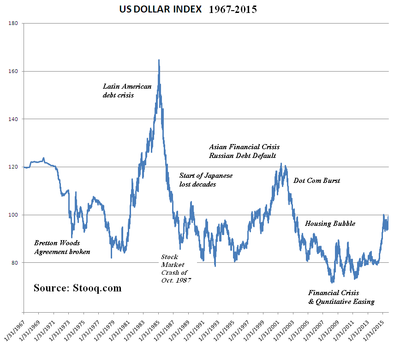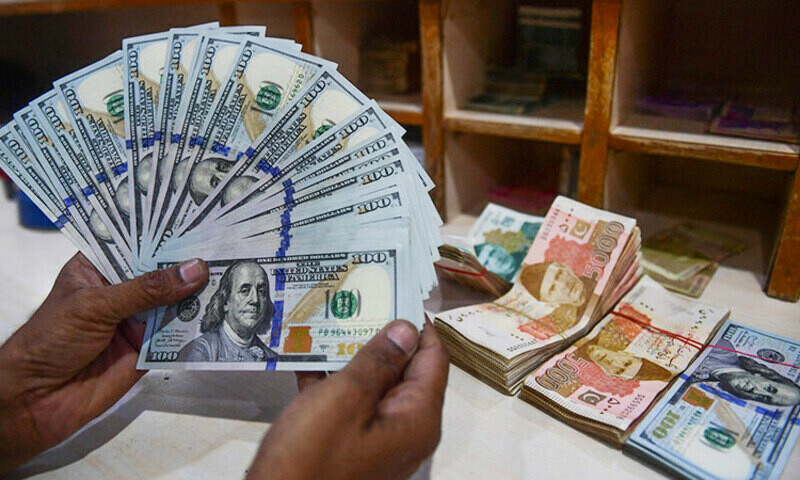Gold falls to fresh monthly low below $1,720
Gold came under renewed bearish pressure in the European session Tuesday.
The 10-year US Treasury bond yield is pushing higher, weighing on XAU/USD.
The US Dollar Index gains traction ahead of the employment data.
After having spent the Asian session fluctuating in a relatively tight channel above $1,720, gold turned south during the European trading hours and fell to its lowest level in a month below $1,715.
Rising US yields, dollar strength weigh on gold
The renewed dollar strength amid the souring market mood seems to be weighing on XAU/USD on Wednesday. US stock index futures dropped into negative territory in the European session, suggesting that safe-haven flows are starting to dominate the market action. In turn, the US Dollar Index climbed above 109.00.
Meanwhile, the benchmark 10-year US Treasury bond yield is up nearly 1% on the day at 3.138%, not allowing gold to shake off the bearish pressure.
Moreover, investors grow increasingly worried about gold's demand outlook with China clinging to its zero-Covid policy and imposing renewed restrictions in a number of cities.
In the second half of the day, the ADP will release its private sector employment report for August. Fed policymakers have repeatedly said that they will assess the data before deciding on the size of the September rate hike. The CME Group FedWatch Tool shows that markets are currently pricing in a 71.5% probability of a 75 basis points rate increase at the next FOMC meeting. A stronger-than-expected ADP print could allow hawkish Fed bets to continue to drive the dollar's valuation ahead of Friday's highly-anticipated Nonfarm Payrolls (NFP) report.
Market participants will also pay close attention to the performance of Wall Street's main indexes after the opening bell. Unless there is a noticeable improvement in risk mood, the dollar is likely to preserve its strength during the American session.
WANT DIRECT TALK TO OUR EXPERTS CONTACT MONEY LIFE RESEARCH

























